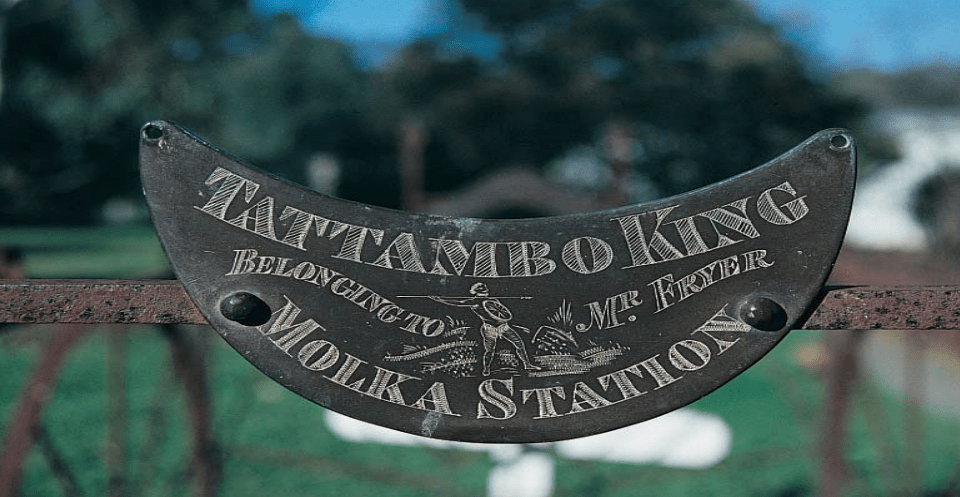What are Aboriginal Historical Places?
An Aboriginal historical place is a location that is important because of its associations with, and cultural significance to, Aboriginal people.
Such places may or may not contain archaeological remains. For example, a historical place could include the foundations of a mission building, or a massacre site at which no physical remains survive.
Aboriginal historical places are identified through a range of sources including oral history provided by Aboriginal people, references in historical records and information arising from archaeological investigations.
Such places can include:
- locations where Aboriginal people have lived and worked
- land reserved for Aboriginal people
- mission and protectorate stations
- supply depots where Aboriginal people received rations from the government
- burials within cemeteries
- locations relating to Aboriginal self determination
- places of conflict
- places linked with significant individuals
Aboriginal history in Victoria
Whalers and sealers exploiting the resources of the south east Australian coast in the early 1800s were probably the first Europeans with whom Aboriginal people came into contact. At that time, Aboriginal people occupied every part of what is now Victoria, and lived by hunting, fishing and gathering. From the 1830s, European occupation of the coast, as well as occupation of the inland by explorers and overlanders from New South Wales, resulted in Aboriginal people experiencing displacement from their lands and massive changes in their way of life.
Encroachment by pastoralists on to Aboriginal land resulted in numerous conflicts, reduction in availability of food resources and the introduction of new diseases. Consequently, Aboriginal people found it hard to maintain their old way of life, and in some places were forcefully evicted from their lands. Conflict resulted in the deaths of both Aboriginal people and settlers, and in some instances led to massacres of Aboriginal men, women and children. Frequently, Aboriginal people became part of the new colonial economy, finding work as shepherds, stockriders, shearers, bark cutters and domestic servants.
By the late 1830s four Assistant Protectors were appointed to look after the interests of the Aboriginal people in Victoria under a Chief Protector, George Augustus Robinson. They set up stations in four regions in an attempt to promote European religion and values, as well as provide Aboriginal people with food and medical supplies.
The Protectorate was largely unsuccessful, and was disbanded in 1849. Several missions were also set up during this early period, most of which closed after only a few years. The Central Board for the Protection of the Aborigines was founded in 1860 and set up a number of missions, reserves and government stations throughout Victoria where Aboriginal people could live and work. Station owners and others were also appointed as Honorary Correspondents in regional Victoria to distribute supplies to Aboriginal people.
While many Aboriginal people lived on the missions and government reserves, a significant number worked and lived on pastoral stations. Some Aboriginal people farmed the land on smallholdings, or worked in the timber industry. People living outside the missions sometimes gathered together in campsites on the outskirts of towns.
The last missions and stations were phased out in the 1920s, though some of the land which was once part of the missions is now under the control of Aboriginal communities. Throughout the twentieth century and up to the present time, Aboriginal people have continued to live in most areas of Victoria, often with strong ties to their home country. Aboriginal history during that time has been marked by people’s efforts to maintain their collective identity and culture. Today there are more than 60,000 Aboriginal people living and working in Victoria.
The Victorian landscape contains many historical places that are of importance to Aboriginal people, and to all Victorians, because of their association with the events, communities and individuals represented in this rich history.

Are Aboriginal Historical Places protected?
All Aboriginal cultural places in Victoria are protected by law. Aboriginal artefacts are also protected.
In general, the presence of Aboriginal historical places on private land will not affect ownership, or stop existing land uses from continuing.
Updated

